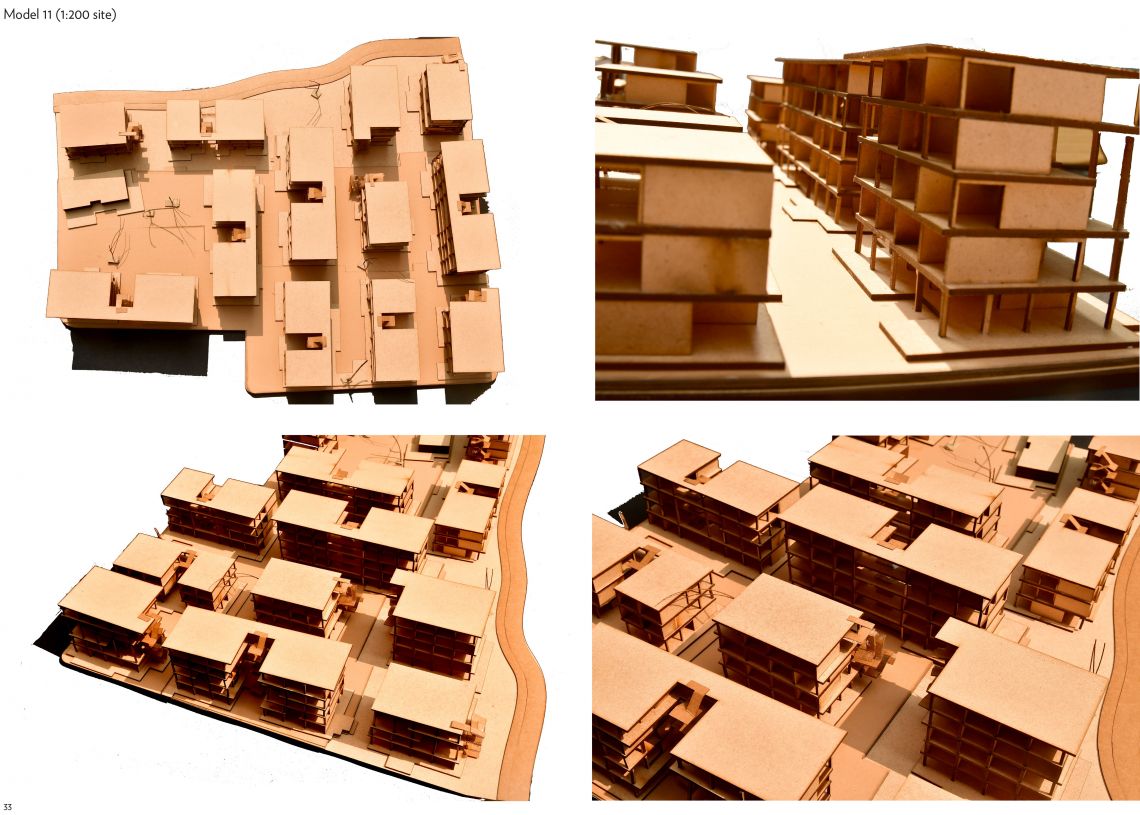Incremental housing, and other design principles for low-cost housing
The document discusses the critical issue of low-cost housing, particularly in the context of rapid urbanization in the Global South. It emphasizes the need for innovative design principles and approaches to address low-income populations’ housing crises. This summary will explore key insights from the workshop on incremental housing held in Kigali, Rwanda, led by experts from MIT’s Resilient Cities Housing Initiative.

Introduction
Urbanization in the Global South has accelerated dramatically over recent decades, outpacing growth in many developed regions. This rapid transition has resulted in a significant housing crisis, particularly for low-income families who struggle to find affordable and adequate shelter. The workshop held in Kigali aimed to address these challenges by sharing lessons learned from various global contexts and proposing design principles that can lead to successful incremental housing projects. By focusing on land management, architectural design, building materials, and infrastructure, the workshop sought to create a framework that supports sustainable urban development.
The Low-Income Housing Crisis
Between 1950 and 2020, urbanization in the Global South occurred at more than double the rate seen in the Global North. While some regions, like East Asia, experienced economic growth alongside urban expansion, Sub-Saharan Africa faced unique challenges. Many migrants moved to cities not only for job opportunities but also due to other socio-economic pressures. This influx has resulted in significant shortfalls in essential urban components such as infrastructure, education, and most notably, housing.The dual nature of the housing problem is evident: many new urban residents lack sufficient income or assets to secure decent housing. Concurrently, government initiatives aimed at providing affordable housing often miss their target demographic—those who need it most. As a result, informal settlements have proliferated, prompting a need for more innovative and responsive housing solutions.
Housing Policy Mistakes
Historically, governments have responded to housing shortages through large-scale industrial production of homes on undeveloped land. However, this approach has often led to three critical mistakes:
- Location vs. Quality: Many projects sacrifice prime locations for better-built homes to keep costs down for low-income families. This trade-off often results in poorly located developments that are less desirable for residents who prioritize accessibility to jobs and amenities.
- Design Misalignment: There is frequently a disconnect between architectural plans and the final built environment. Poor workmanship and unrealistic designs can lead to homes that do not meet the needs of their occupants or fit well within their neighbourhoods.
- Cost Misalignment: Government-supported housing projects often fail to align costs with the budgets of low-income families. Instead of serving those most in need, these initiatives frequently cater to middle-income families who may not require subsidies.
New Directions in Affordable Housing Design
To address these issues effectively, new directions in affordable housing design are essential. The workshop highlighted several design principles that can guide successful incremental housing projects:
- Target Density: Higher-density developments can maximize land use while providing necessary services within reach of residents.
- Urban Form: Adopting grid patterns can enhance connectivity and accessibility within neighbourhoods.
- Infrastructure Resilience: Infrastructure must be designed with resilience in mind to withstand environmental challenges while serving community needs effectively.
- Incremental Building: Allowing homeowners to expand their homes over time promotes personal investment and adaptability according to family needs.
Conclusion
The insights gained from the Kigali workshop underscore that addressing the low-income housing crisis requires a multifaceted approach that considers local contexts and needs. By learning from past mistakes and embracing innovative design principles, stakeholders can create sustainable housing solutions that empower communities rather than displace them. Incremental housing offers a path forward that respects individual agency while meeting collective urban challenges effectively. In conclusion, as urbanization continues to shape our world, we must rethink our strategies for providing affordable housing. By prioritizing location, aligning costs with needs, and fostering resilient infrastructures, we can ensure that all individuals have access to safe and adequate shelter—an essential foundation for thriving urban communities.
For further reading:
Incremental housing , and other design principles for …
Incremental self-help housing – Housing and planning in …
